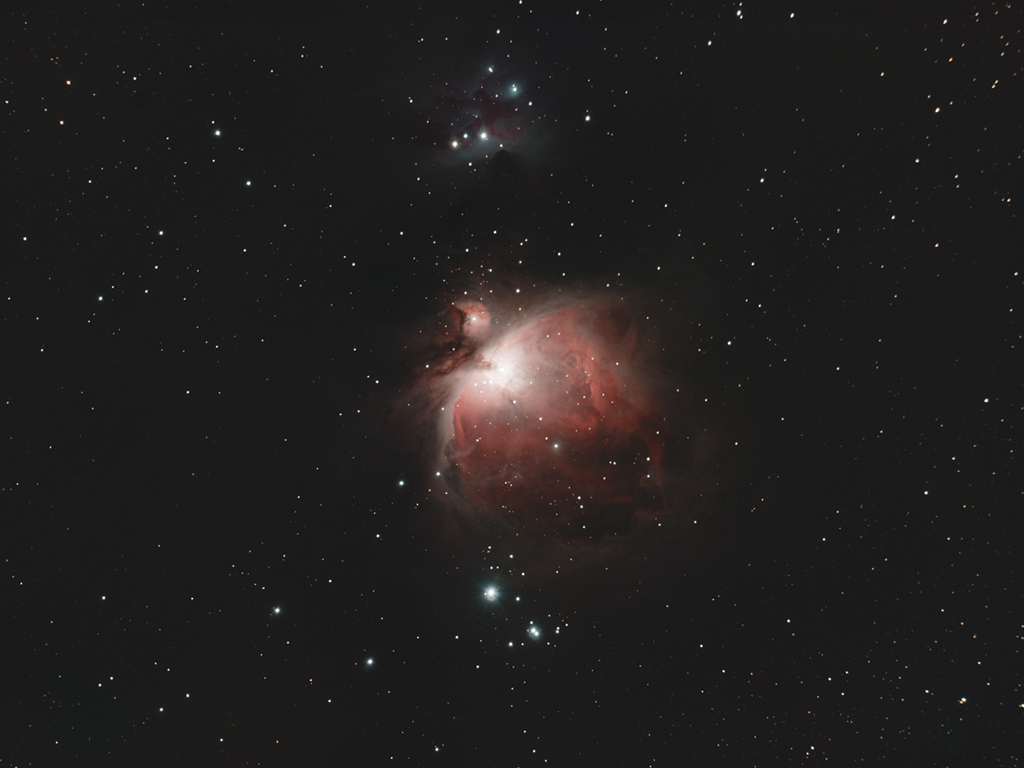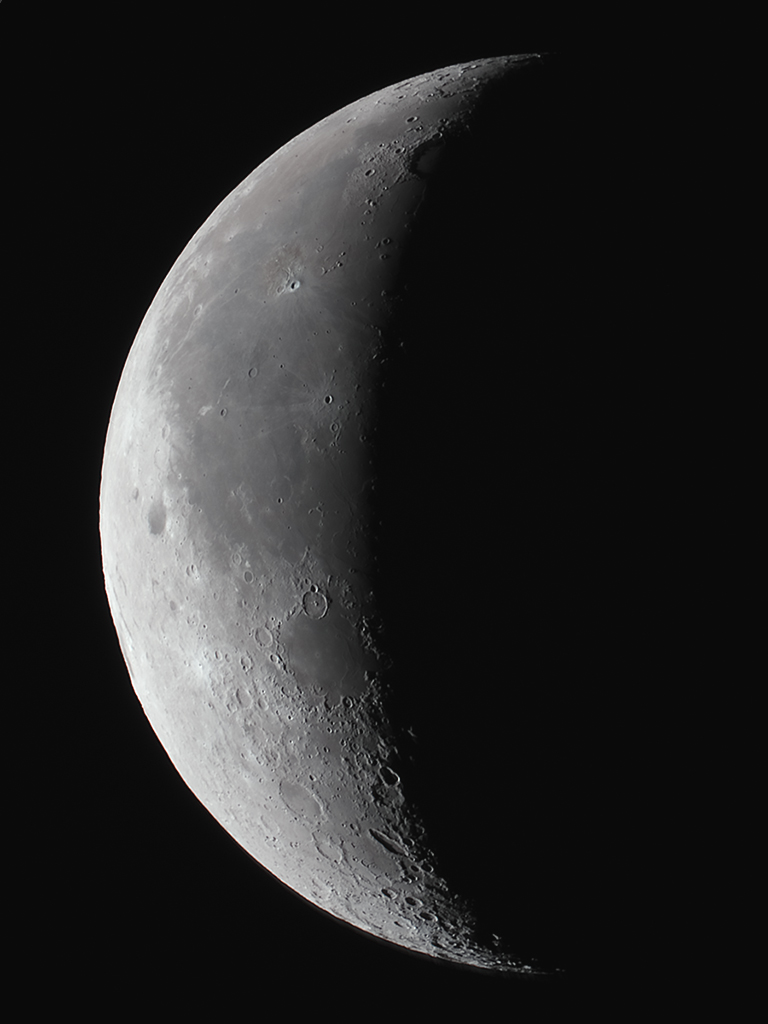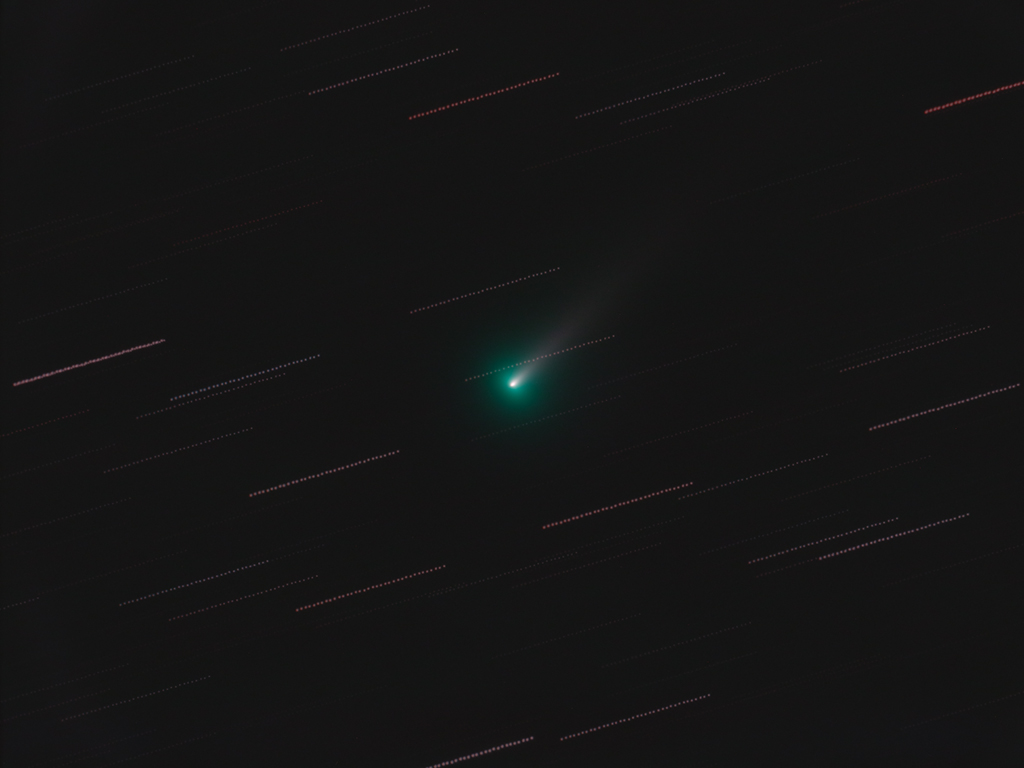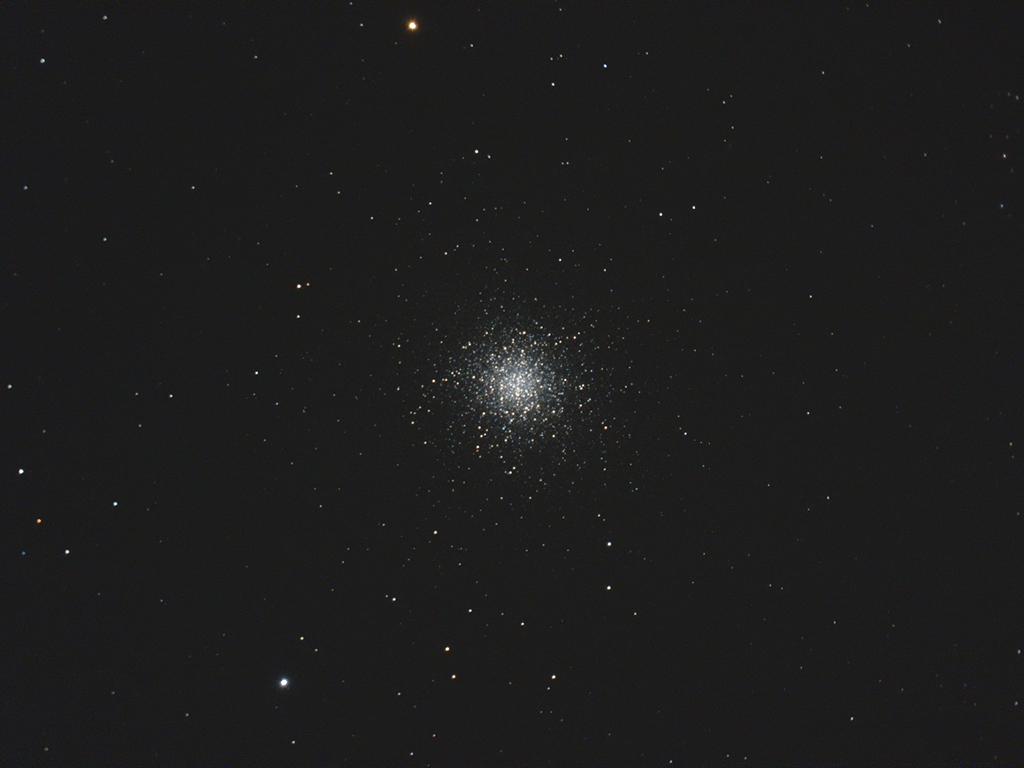
Telescope: Light Switch 8 @ f/6.2 (Optec 0.62x focal reducer), altaz mode
Camera: Full Spectrum Modified Canon 600D, interval timer
Filter: GSO IR Blocking Filter
Guide scope: None
Exposure: 22x10sec, ISO 1600, saved as RAW
Darks: Internal (Long Exposure Noise Reduction On)
Flats: 32×1/10sec, Tee shirt flats taken at dusk
Average Light Pollution: Red zone, Bortle 8, fair transparency
Lensed Sky Quality Meter: 18.5
Stacking: Mean with a 1-sigma clip.
White Balance: Nebulosity Automatic
Software: Deep Sky Stacker, Nebulosity, Photoshop
M52 is a relatively bright open cluster just to the west of Cassiopeia. Visually, M52 appears as a fine patch of stardust in small telescopes while larger telescopes show a broad expanse of fainter stars. The faint, rich field to the right of M52 is the open cluster Czernik 43.
M52 is currently high in the northeast after sunset.









Recent Comments